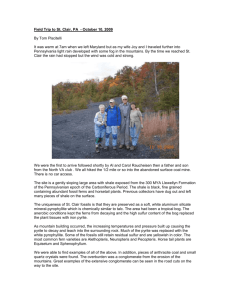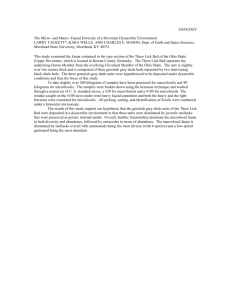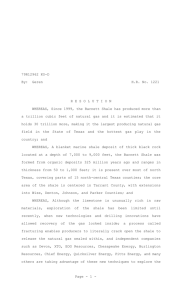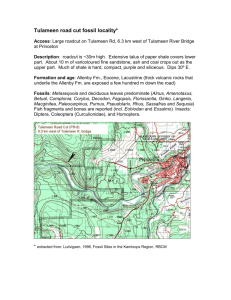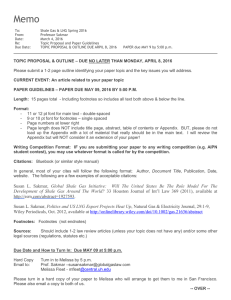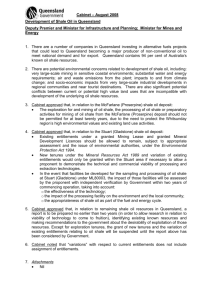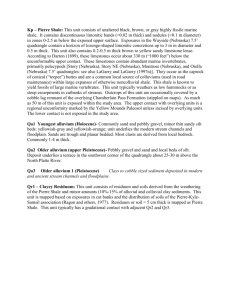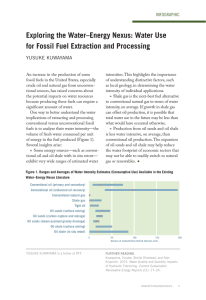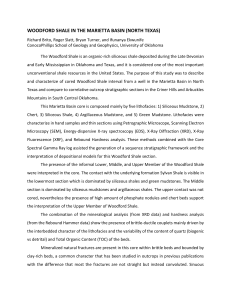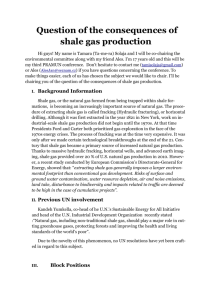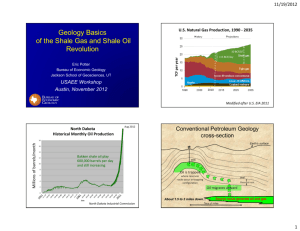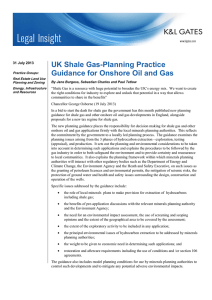instructions to authors for the preparation - The Gibson Group
advertisement
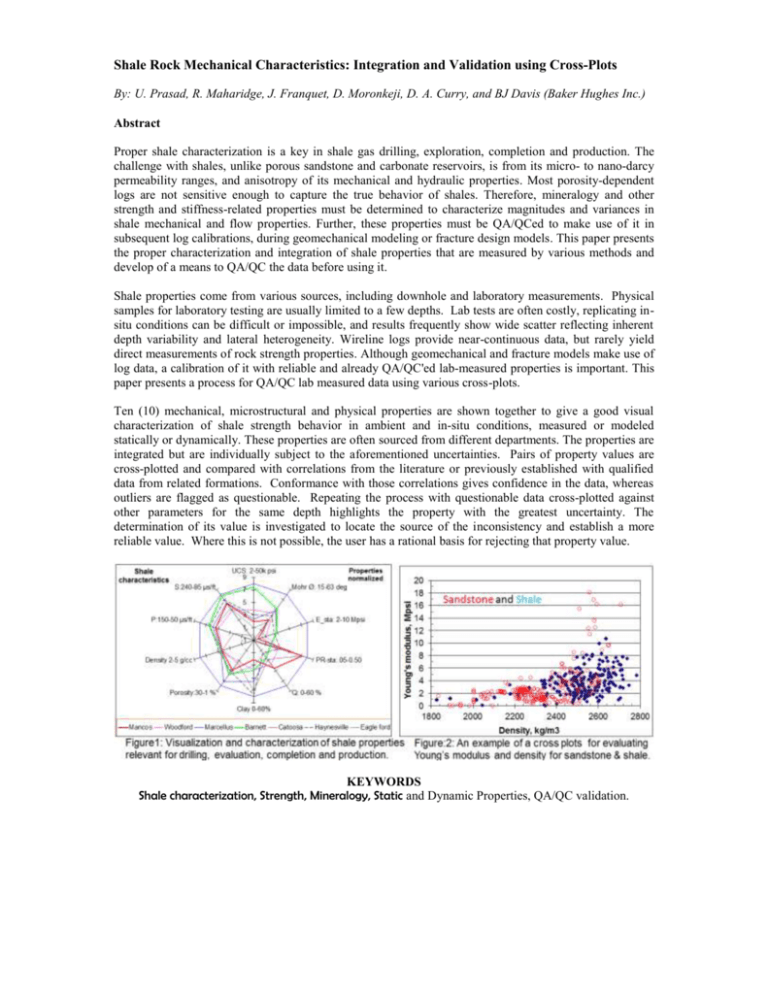
Shale Rock Mechanical Characteristics: Integration and Validation using Cross-Plots By: U. Prasad, R. Maharidge, J. Franquet, D. Moronkeji, D. A. Curry, and BJ Davis (Baker Hughes Inc.) Abstract Proper shale characterization is a key in shale gas drilling, exploration, completion and production. The challenge with shales, unlike porous sandstone and carbonate reservoirs, is from its micro- to nano-darcy permeability ranges, and anisotropy of its mechanical and hydraulic properties. Most porosity-dependent logs are not sensitive enough to capture the true behavior of shales. Therefore, mineralogy and other strength and stiffness-related properties must be determined to characterize magnitudes and variances in shale mechanical and flow properties. Further, these properties must be QA/QCed to make use of it in subsequent log calibrations, during geomechanical modeling or fracture design models. This paper presents the proper characterization and integration of shale properties that are measured by various methods and develop of a means to QA/QC the data before using it. Shale properties come from various sources, including downhole and laboratory measurements. Physical samples for laboratory testing are usually limited to a few depths. Lab tests are often costly, replicating insitu conditions can be difficult or impossible, and results frequently show wide scatter reflecting inherent depth variability and lateral heterogeneity. Wireline logs provide near-continuous data, but rarely yield direct measurements of rock strength properties. Although geomechanical and fracture models make use of log data, a calibration of it with reliable and already QA/QC'ed lab-measured properties is important. This paper presents a process for QA/QC lab measured data using various cross-plots. Ten (10) mechanical, microstructural and physical properties are shown together to give a good visual characterization of shale strength behavior in ambient and in-situ conditions, measured or modeled statically or dynamically. These properties are often sourced from different departments. The properties are integrated but are individually subject to the aforementioned uncertainties. Pairs of property values are cross-plotted and compared with correlations from the literature or previously established with qualified data from related formations. Conformance with those correlations gives confidence in the data, whereas outliers are flagged as questionable. Repeating the process with questionable data cross-plotted against other parameters for the same depth highlights the property with the greatest uncertainty. The determination of its value is investigated to locate the source of the inconsistency and establish a more reliable value. Where this is not possible, the user has a rational basis for rejecting that property value. KEYWORDS Shale characterization, Strength, Mineralogy, Static and Dynamic Properties, QA/QC validation.






